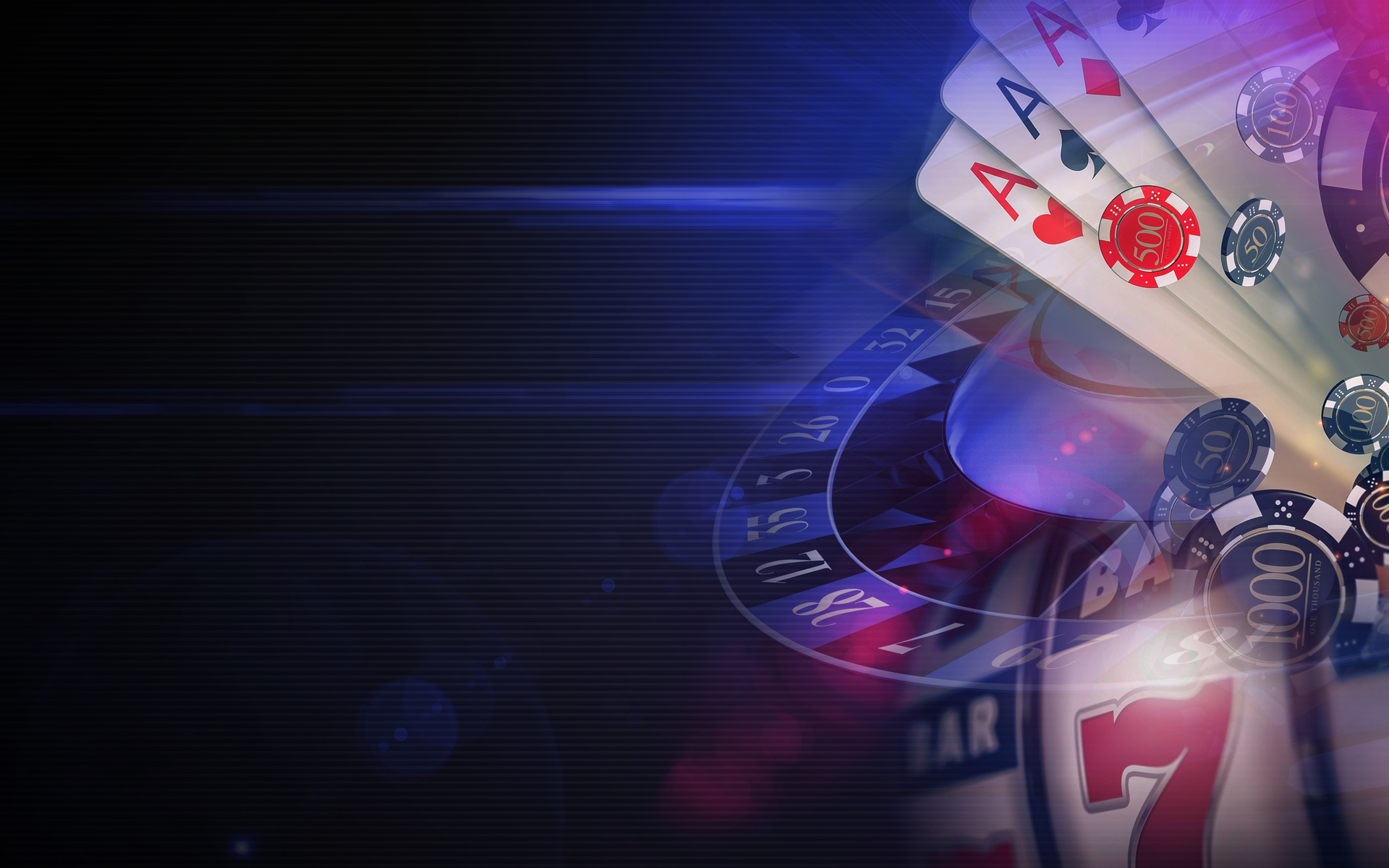
Casino games have long captivated the human imagination, drawing players into a universe filled with fortune, planning, and the allure of thrill. Each activity is meticulously crafted not just for entertainment, but also to inspire targeted emotional responses that keep players involved and interested. Understanding the drives behind these designs reveals much about how psychology plays a crucial role in the gaming experience.
From the bright lights and lively sounds to the intricate layering of guidelines and payoffs, casino games are designed to create an atmosphere of thrill and expectation. Game designers leverage psychological principles to influence gambler behavior, whether through the use of winning opportunities, close-call situations, or social interactivity. By examining these aspects, we can better appreciate how casino games fulfill not just a desire for entertainment, but more profound psychological needs for thrill and hazard.
Understanding Player Behavior
Casino games are engineered with a thorough understanding of gamer psychology, which is vital for luring and retaining players. The rush of the game, combined with the hope of winning, produces a strong allure. Game designers utilize elements like audio cues, colorful graphics, and engaging gameplay to seize attention and evoke emotional responses. These sensory elements enhance the overall experience, making players feel more attached in the game.
Another significant aspect of player behavior is the concept of risk and reward. Casino games often balance risky situations with the potential for significant rewards, which can result in the occurrence known as near-miss effect. When players come within reach to winning, the brain secretes dopamine, bolstering their behavior and motivating them to continue playing in pursuit of that elusive win. This cycle of anticipation and disappointment plays a critical role in how games are constructed and marketed.
Lastly, community aspects also play a critical role in player behavior at casinos. Many games are made to be played in pairs or in company with other players, nurturing a sense of community and shared experience. The community engagement inherent in games like poker enhances enjoyment and can result in prolonged gaming periods. Designers leverage on this by crafting environments that invite players to remain, connect, and come back, making the overall casino experience more inviting.
The Role of Visuals and Sound
Visuals and sound play a crucial role in improving the player’s experience within casino games. Designers utilize bright colors, striking graphics, and engaging animations to attract gambler’s attention and sustain their focus. The use of themes, such as exploration or luxury, helps create an enthralling atmosphere that transports players into another world. By connecting to the senses, these elements add to a intensified emotional response, encouraging players to engage more deeply with the games.
Audio design is equally important in reinforcing the overall experience of casino games. The combination of background music, sound effects for successful combinations, and ambient noises creates an sound landscape that holds players fascinated. Audio cues associated with wins, such as ringing bells or festive music, evoke feelings of excitement and reward, prompting players to keep playing. These audio cues are carefully placed to amplify the excitement of the game and create a more immersive experience.
Additionally, the alignment of visuals and audio is essential for supporting the game’s overall concept and mood. Each element should coordinate harmoniously to create a cohesive experience that draws players in. The effective use of this integration not only enhances user enjoyment but also increases the chances of repeat play, as players become more engaged in the captivating world that the casino games offer. This thoughtful integration of visuals and audio ultimately enhances player engagement and loyalty.
Reward Structures and Engagement
The design of gambling games heavily depends on reward structures to keep participants engaged and coming back for more. These structures are rooted in psychological theories that exploit human behavior and motivation. 5MB Participants are often motivated by the excitement of success, which is reinforced by immediate feedback through the game’s design. This prompt satisfaction not only improves the overall experience but also cultivates a feeling of achievement, prompting participants to continue participating in hopes of greater gains.
Casinos implement various reward structures, such as large payouts, extra rewards, and multipliers, to engage players. These elements create a level of thrill that maintains interest. Additionally, the unpredictability of results plays a crucial role in keeping interest. The variable reward system, where wins are unpredictable but happen often enough, maintains players on edge and motivated to continue participating. This cycle of hope and expectation is foundational to the effectiveness of casino games.
In addition, community aspects, such as competitive events and collaborative options, enhance the engagement factor by tapping into the competitive nature of participants. The shared experience of gaming with fellow participants can amplify the thrill of success and create a sense of community within the gaming space. By integrating these community elements with efficient incentive structures, casino games don’t just offer entertainment but also nurture a stronger bond among participants, solidifying their commitment to the gaming experience.